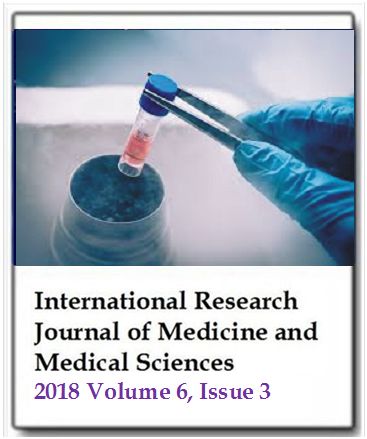Rachipagus parasitic twin in an Ethiopian neonate: A case report from the Horn of Africa
Daniel Zewdneh Solomon, Natae Fekadu and Yocabel GorfuInternational Research Journal of Medicine and Medical Sciences
Published: July 25 2018
Volume 6, Issue 3
Pages 56-59
DOl: https://doi.org/10.30918/IRJMMS.63.18.030
Abstract
Parasitic twining, also known as heteropagus is an asymmetric twinning of conjoined identical or monozygotic twins where the tissues of a severely defective twin (the parasite) are dependent on the cardiovascular system of the other twin (autosite) for survival. The condition only occurs when an undeveloped or underdeveloped twin is attached to parts of the body of the twin that develops and is delivered. The estimated incidence is approximately 1 per 1 million live births. To date, only a few isolated case reports are published in the literature of this rare congenital anomaly. Here, we report a case of this rare entity in a neonate referred to our teaching hospital.
Keywords: Parasite, twin, rachipagus.
Full Text PDFThis article is published under the terms of the Creative Commons Attribution License 4.0

